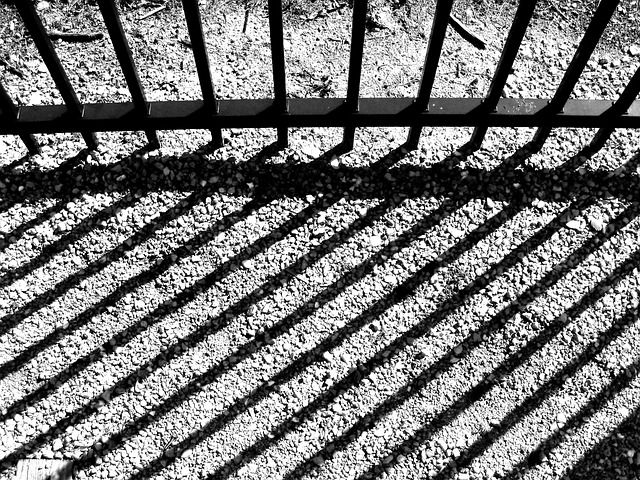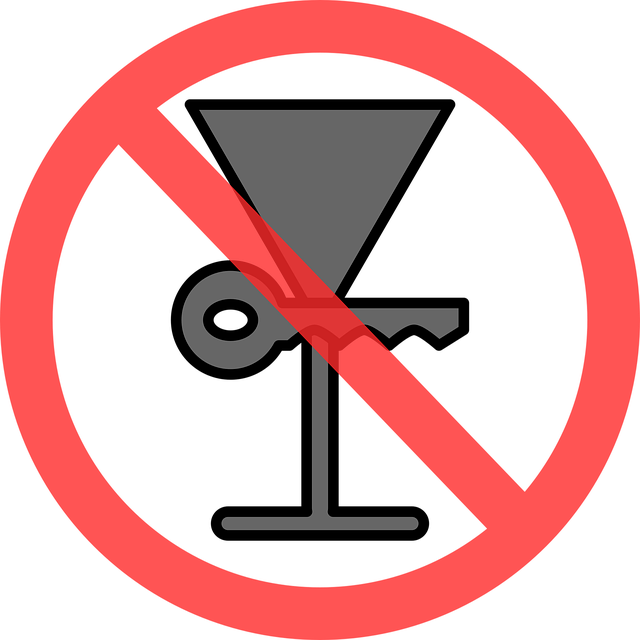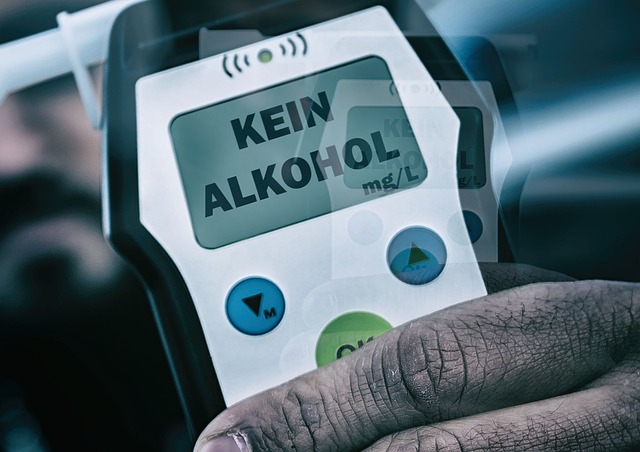Property damage caused by DUI is a significant deterrent and key component of Recidivism Reduction Strategies. Stricter sentencing, court-ordered interventions like alcohol treatment, and community service aim to deter offenders and address addiction. Effective implementation of these strategies, through specialized programs and updated best practices, reduces repeat offenses and creates safer communities, preventing property damage and personal harm from intoxicated driving.
In many jurisdictions, property damage caused by individuals under the influence (DUI) poses significant risks and legal implications. This comprehensive article delves into the intricate world of Property Damage DUI Liability, offering a detailed understanding of its multifaceted aspects. From defining key terms to exploring recidivism reduction strategies, we provide valuable insights for legal professionals and community leaders. By examining effective implementation and continuous improvement, this piece aims to enhance safer communities while addressing the urgent issue of repeat DUI offenses, or recidivism, through strategic legal approaches.
- Understanding Property Damage DUI Liability: A Comprehensive Overview
- Recidivism Reduction Strategies: Legal Approaches to Break the Cycle
- Effective Implementation and Continuous Improvement for Safer Communities
Understanding Property Damage DUI Liability: A Comprehensive Overview

Property Damage DUI liability is a critical aspect of understanding the consequences of driving under the influence. When an individual is found guilty of DUI, they are not only facing potential criminal penalties but also civil liabilities. Property damage caused during a DUI incident can result in significant financial burdens for the offender. This includes compensation for any harm done to another person’s property, vehicles, or even structures.
The concept is crucial in preventing recidivism as it serves as a strong deterrent. Effective Recidivism Reduction Strategies involve not only strict punishment but also comprehensive education and rehabilitation programs. By recognizing the full scope of liability, individuals facing DUI charges can be motivated to make better choices and understand the far-reaching impact of their actions beyond the immediate criminal consequences.
Recidivism Reduction Strategies: Legal Approaches to Break the Cycle

Recidivism, or the re-offending rate among DUI offenders, poses a significant challenge in criminal justice systems worldwide. To break this cycle and reduce repeat offenses, legal professionals and policymakers have implemented various recidivism reduction strategies. One key approach involves stringent sentencing guidelines that mandate longer jail terms and increased fines for subsequent DUI offences, aiming to deter potential offenders and enforce accountability.
Additionally, court-ordered interventions like mandatory alcohol treatment programs, regular sobriety checks, and participation in community service projects target the root causes of DUI recidivism. These strategies not only help individuals address addiction issues but also foster a sense of responsibility and reintegration into society, ultimately contributing to lower rates of repeat driving under the influence offenses.
Effective Implementation and Continuous Improvement for Safer Communities

In the pursuit of safer communities, effective implementation and continuous improvement are paramount. Reducing recidivism rates among individuals with DUI (driving under the influence) offenses is a key aspect of this goal. Strategies focused on intervention and rehabilitation can significantly lower the risk of repeat offenses. By offering specialized programs that address underlying issues contributing to DUI, such as substance abuse or mental health problems, communities can empower individuals to make positive changes.
Continuous improvement involves staying abreast of emerging research and best practices in both legal proceedings and support services. Enhancing educational campaigns aimed at raising awareness about the dangers of DUI and implementing stricter penalties for repeat offenders are additional tools in this arsenal. These efforts collectively work towards a safer, more responsible driving culture, ensuring that communities remain protected from property damage and personal harm caused by intoxicated driving.
In conclusion, understanding and addressing Property Damage DUI Liability is paramount for fostering safer communities. By implementing effective recidivism reduction strategies, legal systems can break the cycle of repeated offenses, offering support and alternatives to those struggling with substance abuse. Continuous improvement in these strategies ensures a more responsible and informed approach, ultimately leading to positive societal change.






